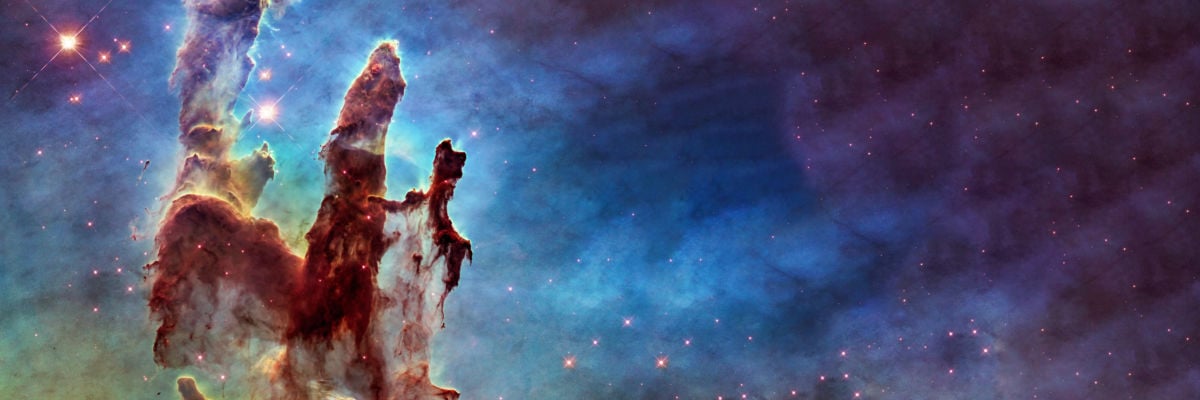
Question:
Answer:
First, point out that many of the Fathers espoused the “two-stage” creation view, and so some of their writings describe creation from “formless matter,” but they saw this event as the continuation of a previous creation from nothing (see article p. 10). St. Augustine describes such a view in his commentary on Genesis when he writes:
First there was made confused and formless matter so that out of it there might be made all the things that God distinguished and formed. . . . We correctly believe that God made all things from nothing. For though all formed things were made from this matter, this matter itself was still made from absolutely nothing” (Commentaries on Genesis 1-3).
Second, you can point them to the Fathers who unambiguously endorse creation from nothing. At the end of the second century, St. Theophilus of Antioch summarized why the distinction between creation from nothing and creation from substrate is so important in words that still apply with equal force today:
What great thing is it if God made the world out of existent materials? For even a human artist, when he gets material from someone, makes of it what he pleases. But the power of God is manifested in this, that out of things that are not he makes whatever he pleases; just as the bestowal of life and motion is the prerogative of no other than God alone (To Autolycus, book II).



